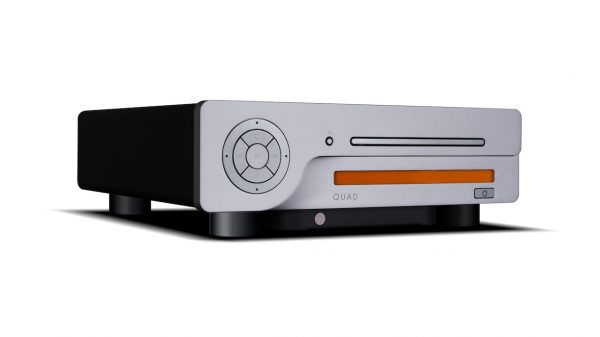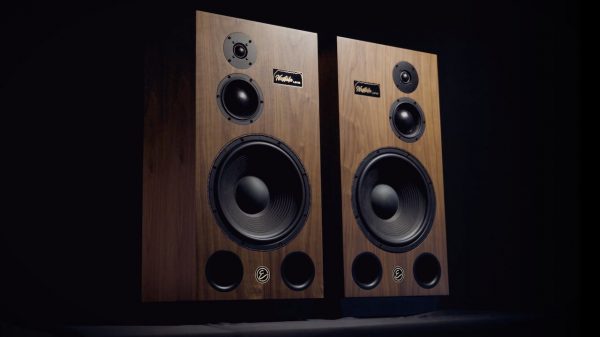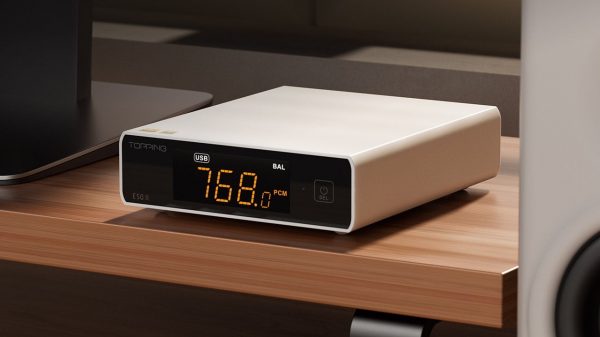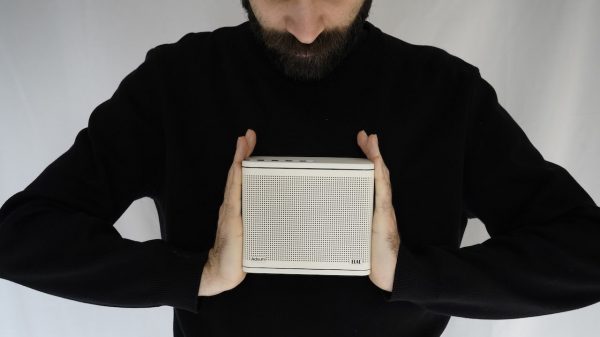Sensor’s Nanotechnology Eliminates the Need for Energy-Intensive Flash in Digital Cameras, Mobile Phones and Cars
Las Vegas – January 8, 2007 – CES 2007, Booth #70600 – Planet82 Inc., a global leader of nanotechnology, today launched its new VGA-color Single carrier Modulation Photo Detector (SMPD), the world’s first, full-color, high-sensitive imaging chip for taking pictures or video in the dark — without a flash. The new color SMPD combines the clear image quality, high sensitivity, and wide dynamic range of existing imaging technology with powerful nanotechnology, making it 2,000 times more light-sensitive and 50 percent smaller than traditional CMOS and CCD sensors. With SMPD sensors, manufacturers can cost-effectively build a new generation of digital cameras, mobile phones, surveillance cameras and, night vision- and rear view-sensing cars that take clearer, crisper images in low-light situations without the distortion or energy-drain of a flash.
Planet82 will showcase the latest advances in its SMPD technologies, including a black and white, full-color VGA and two mega pixel color sensors at the International Consumer Electronics Show (CES) 2007, Sands Convention Center, Innovations Plus Booth #70600. Planet82’s press kit and high resolution photos are available online at http://www.virtualpressoffice.com/presskit/index.jsp?showId=1136771688404&compan yId=1166245852045
Until the SMPD, communications and security companies, and automobile makers had to manufacture devices with a high-powered light source such as an LED flash to capture images in low-light situations. Like the black and white SMPD launched at CES 2006, the color SMPD takes clearer images than a flash-based device, making it the ultimate replacement for existing CCD, CMOS and flash technologies.
“Whether its capturing memories, auto-parking a car or taking surveillance video, today’s business and consumer markets are demanding more capabilities from digital devices than a flash can handle,” said Dr. Hoon Kim, Ph.D., and chief technology officer for Planet82 and director of the Nano Scale Quantum Devices Research Center at the Korea Electronics Institute (KETI). “By replacing flash with the SMPD’s slim design, manufacturers can produce next-generation electronics that offer higher image quality, energy-efficiency and cost-savings regardless of light conditions and without the distortion or battery drain of a flash.”
By leveraging the power of nanotechnology, the SMPD takes advantage of the latest advances in nanoscience. At the nano level, technology can be developed at an ultra-small scale where particles are approximately 10,000 times smaller than a single human hair. The nano tech design enables the SMPD to capture pictures in near darkness, the point at which human eyes can barely distinguish images.
Unlike photodiode-based CMOS and CCD technologies, which require millions of photoelectrons per pixel unit to create an image, the SMPD is able to react to tiny amounts of photons in light levels less than 1 lux, the equivalent of the light from one candle a meter away. The SMPD’s high sensitivity to light enables it to out perform CCD- and CMOS-based devices, enabling it to sense light wavelengths into the infrared band. The SMPD’s unique pixel structure increases its dynamic range so that it is highly sensitive, up to 3.5×104 V/lux-s, enabling it to capture low-light pictures at higher frame rates of 30 fps. The SMPD’s small chip size and traditional CMOS manufacturing process make it cost-effective and easy for device makers to mass produce.
According to The National Science Foundation (NSF), the annual nanotechnology market will reach $1 trillion by 2015, at which time nearly half of all new products will incorporate nanotechnology. Currently, Planet82 is working to develop a partnership for the mass production of the SMPD. Planet82 is currently conducting tests for a number of SMPD-based applications, including those for Closed-Circuit Television (CCTV) cameras, mobile phones, digital still cameras, and night-vision and rear-view sensing automobiles. The SMPD is also ideally suited for new applications in healthcare, the military and environmental industries.
About Planet82
Headquartered in Seoul, Korea, Planet82 is a global leader of nanotechnology. In 2003, Planet82 acquired the patent and intellectual property rights to mass produce nano photodiode and nano biotechnology services from the Korea Electronics Technology Institute (KETI). Today, Planet82 leads the development of the world’s first Single carrier Modulation Photo Detector (SMPD) image sensor, enabling cameras to take high resolution photos or video in the dark — without a flash. Planet82 is listed on KOSDAQ and available online at www.planet82.com.























